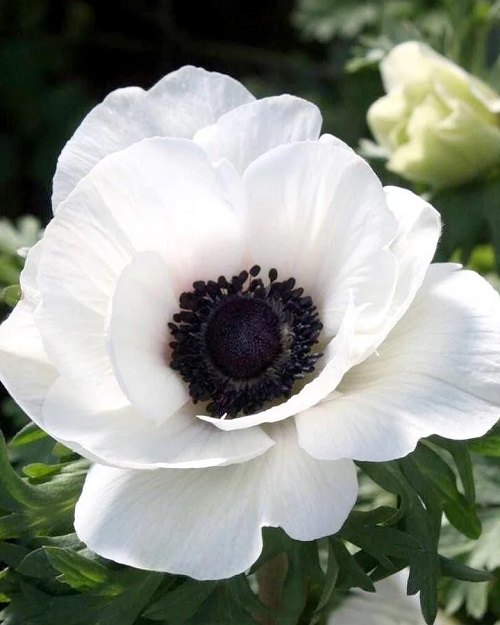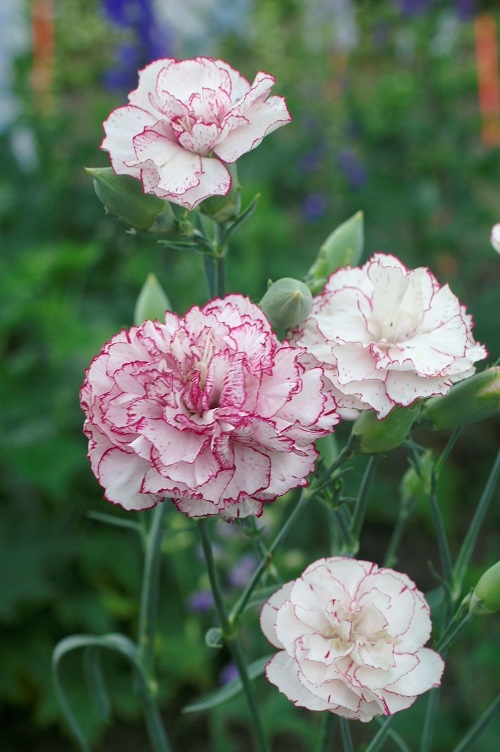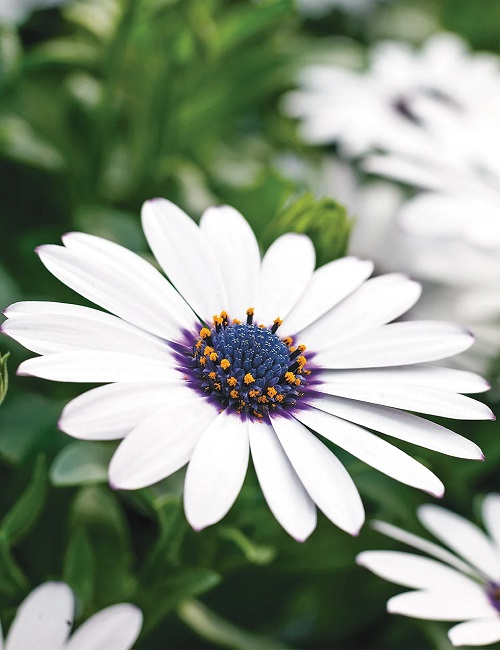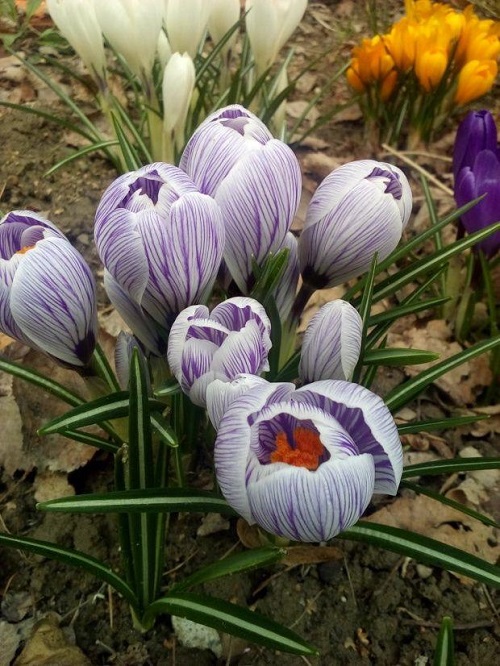Nature is the greatest artist of them all! And our pick of 8 Flowers that Look like Sketches goes to prove it!
From crocus to clematis, each flower on this list manifests as a masterpiece by Mama Nature! Appearing in surreal pastels and extraordinary form, our pick of Flowers that Look Like Sketches is all the inspiration you need to awaken the Picasso in you!
Flowers that Look Like Sketches
1. Windflower
Botanical Name: Anemone
Straight out of an art gallery, Anemones produce either single or double blooms with delicate petals that have fine ridges. Emerging from tubers, they come in shades of pastel pink, purple, blue, and white and have a dark center, providing contrast within a single bloom.
They need full sun for 6 hours daily and thrive in loamy, acidic, well-draining soil.
2. Balloon Flower

Botanical Name: Platycodon grandiflorus
Native to China, the Balloon Flower may get its name from its unique inflated ball-like structure of unopened flower buds, but that’s not all! These blooms open up into a fan shape with pointed petals in many colors and tiny bright centers. Our favorites are varieties in white with variegations that make them look like a part of a sketchbook.
To prolong its blooming season, deadhead the spent flowers. Avoid dividing or transplanting as it has a fragile root system.
3. Clematis
Botanical Name: Clematis
Also known as the Virgin’s bower, clematis is a woody vine growing up to 18 feet long. Its exciting blooms are often multi-layered, with up to 20 petals each. But for this list, we select the variety clematis “Tie-dye,” the marbled steaks of white on purple make it look like a sketch artist designed the flower.
Clematis is toxic to humans if ingested and has fragile trailing stems that can snap with the slightest pressure.
4. Carnation

Botanical Name: Dianthus
Carnation blooms naturally occur with ruffled, frilly petals in soft and deep shades of cream and pink with darker edges. Divided into five parts, these edible flowers are also used to make frosting sugar.
These clove-scented ornamentals thrive in well-draining soil and full sun.
5. Primrose

Botanical Name: Primula ‘Zebra Blue’
The Zebra Blue cultivar is a compact perennial that produces large white blooms with ink-blue veins and bright yellow cores. It prefers humus-rich, well-drained soil, and deadheading its spent flowers helps maintain its health and blooms.
6. Morning Glory
Botanical Name: Ipomoea tricolor
As the name suggests, morning glories open only during the day and retire for the night. This variety comes in delicate sky blue, lilac, pink, and white, with a pale, concave center and streaks emerging outward.
Morning glories grow best with support in full sun and well-draining, moderately rich soil. This wonderful vine is toxic to cats, dogs, and horses if eaten.
7. African Daisy

Botanical name: Osteospermum
These hardy South African natives produce long-lasting daisy-like blooms, often with speckled, protruding deep blue and purple centers encircled in a dark shade. The flowers typically appear in dappled hues of white, gold, pink, and purple.
8. Crocus
Botanical Name: Colchicum autumnale
The autumn crocus produces pale lavender blooms with deeper stripes along the length of its petals. When it fully blooms, it takes on an enormous star shape. This cold-tolerant beauty looks like saffron, but it is highly toxic as it contains colchicine in ample amounts.




